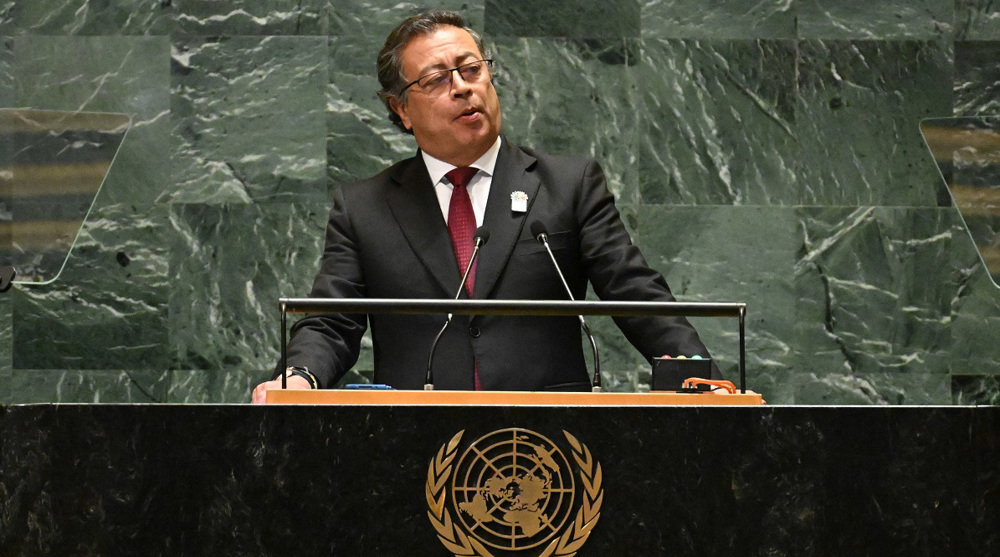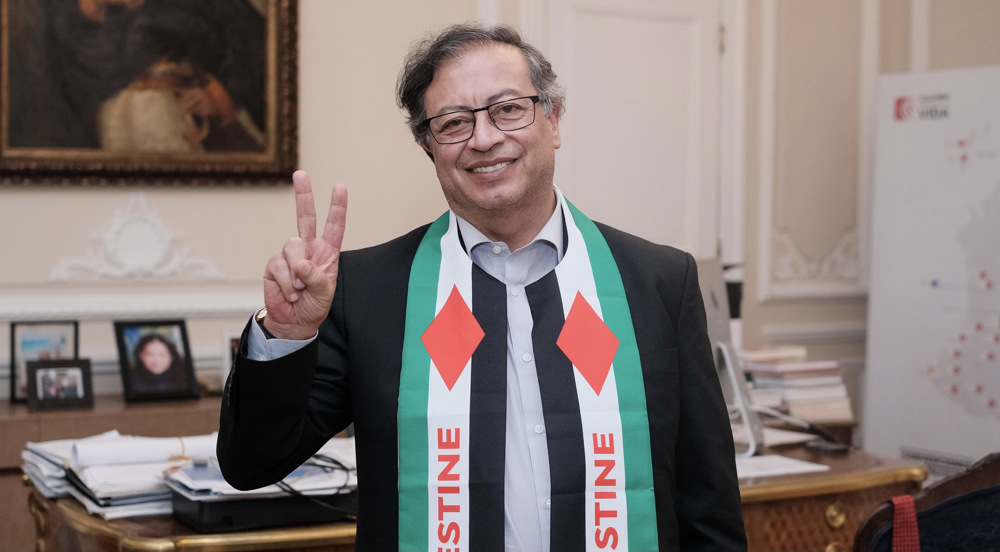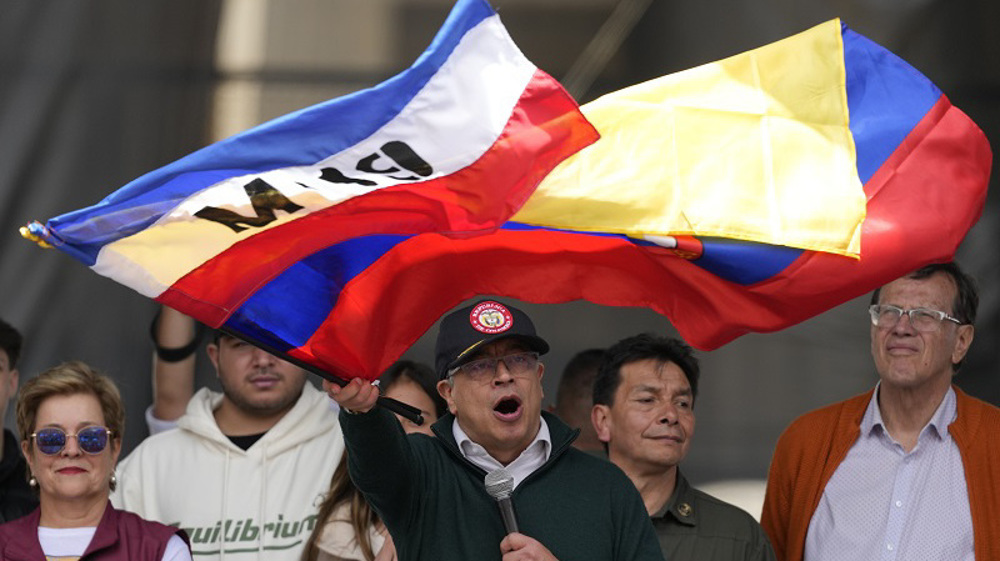Colombia’s FARC ex-rebels start turning weapons over
Former rebels with the Revolutionary Armed Forces of Colombia (FARC) have been gathering in demobilization centers in the Latin American country to start a disarmament process, ending their 52-year armed conflict with the central government.
“What is happening is really most extraordinary. This is the peace process in action,” said the Colombian government’s top delegate for the peace process, Sergio Jaramillo, on Tuesday.
He said thousands of FARC fighters, out of a total of 6,300, had already reached the disarmament zones. The rest of the fighters would arrive by Wednesday, he said.
Fighters are arriving by boat, canoe, bus, truck, and on foot at the 26 disarmament zones set up to disarm the rebels under the United Nations' supervision.
The former rebels, who were granted amnesty by the Colombian Congress in December 2016 after signing a peace deal with the government in November that year, will gradually re-enter civilian life.

Meanwhile, the country’s other rebel group, the National Liberation Army (ELN), is engaged in its own peace talks with the government. The ELN said on Monday that the government had begun releasing some ELN prisoners, paving the way for the peace talks to gain momentum.
In return, the ELN is to release a former lawmaker it has been holding hostage on Thursday.
The ELN announced on Tuesday that it was also willing to release another hostage, a Colombian soldier previously reported missing by the army, whom the rebel forces took hostage last week.
Last year, after signing the peace deal with the FARC, President Juan Manuel Santos said he wanted to seal a peace deal with the ELN as well in order to bring about “complete peace” in Colombia.
The Colombian conflict is rooted in land disputes between the former Marxist rebels and the government, dating back to the 1960s. The armed conflict in Colombia has left more than 260,000 people dead and 60,000 missing, and forced seven million others to flee their homes, according to official reports.
Diplomat discourages recourse to pressure, intimidation, confrontation against Iran
UN: 2024 deadliest year for aid workers amid genocide in Gaza
Gaza health official warns of hospital shutdowns within 48 hours
Israel kills 5 more paramedics in southern Lebanon: Health ministry
Iran to launch ‘new, advanced’ centrifuges in response to IAEA resolution: AEOI
Yemen fires hypersonic missile at Israeli airbase
VIDEO | New Delhi chokes under toxic smog as air quality remains at hazardous levels
VIDEO | Press TV's news headlines















 This makes it easy to access the Press TV website
This makes it easy to access the Press TV website